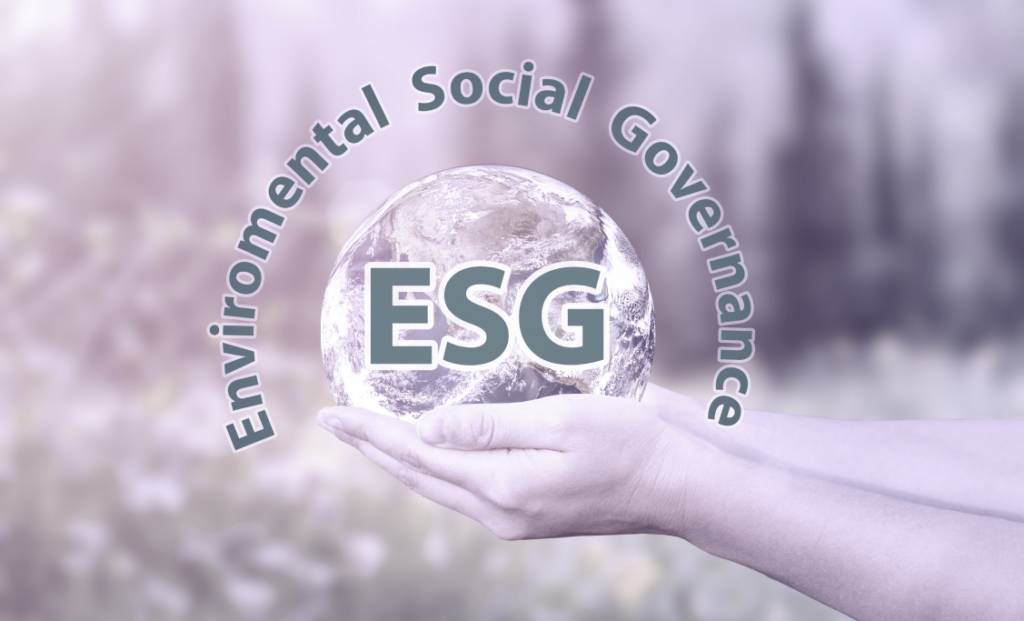Head of Onebeat Brazil
ESG was one of the hottest topics at NFR 2022, the world’s premier retail event. Acronym for “environmental, social and corporate governance”, ESG is an approach focused on integrating and expanding best environmental, social and governance practices. Today, any company that intends to seek investment needs to demonstrate that it has made a commitment to good ESG practices. What used to be a differential is now a prerequisite, as a seal that attests to responsibility towards the market, society, consumers, investors and other stakeholders.
Much has already been said on the subject, but I will try to look at it from a different perspective than the traditional one.
Have you ever stopped to think that every retailer, from the purchase and assortment planning, is already somehow impacting the environmental and social future? I’ll take the fashion industry as an example. Anyone who works in the retail of this market knows that the volume of leftovers in a collection is simply gigantic, they are the famous leftovers.
Usually, the direct undesirable effect on every executive’s head is the loss of profit margin due to liquidation and/or the extension of this stock for future collections, impacting working capital and the quality of the next collection. However, perhaps a secondary impact should also be noted. For example, an article published by the Daily Mail Online in January of this year draws attention, showing that every year 39,000 tons of clothes are discarded directly in the Atacama Desert, in Chile, with much of this volume not even having any use.
This invites us to reflect. Good planning, purchasing more assertively and, perhaps even more importantly, distributing in line with demand, would certainly contribute to a significant reduction in leftovers. The impact of this goes beyond the company’s profitability and financial health. It would have a direct impact on the reduction of consumption of raw materials, water, electricity, fuel and a series of other inputs and resources, reducing the environmental liabilities generated by the manufacture of products.
Sometimes it may seem that preserving the environment is something far removed from our daily lives, something for ecologists or specialized professionals. But, in fact, if we look carefully around us, if we observe our personal and professional practices, we can surely find alternatives to contribute. Improving management, in order to reduce waste, is certainly one of them.
